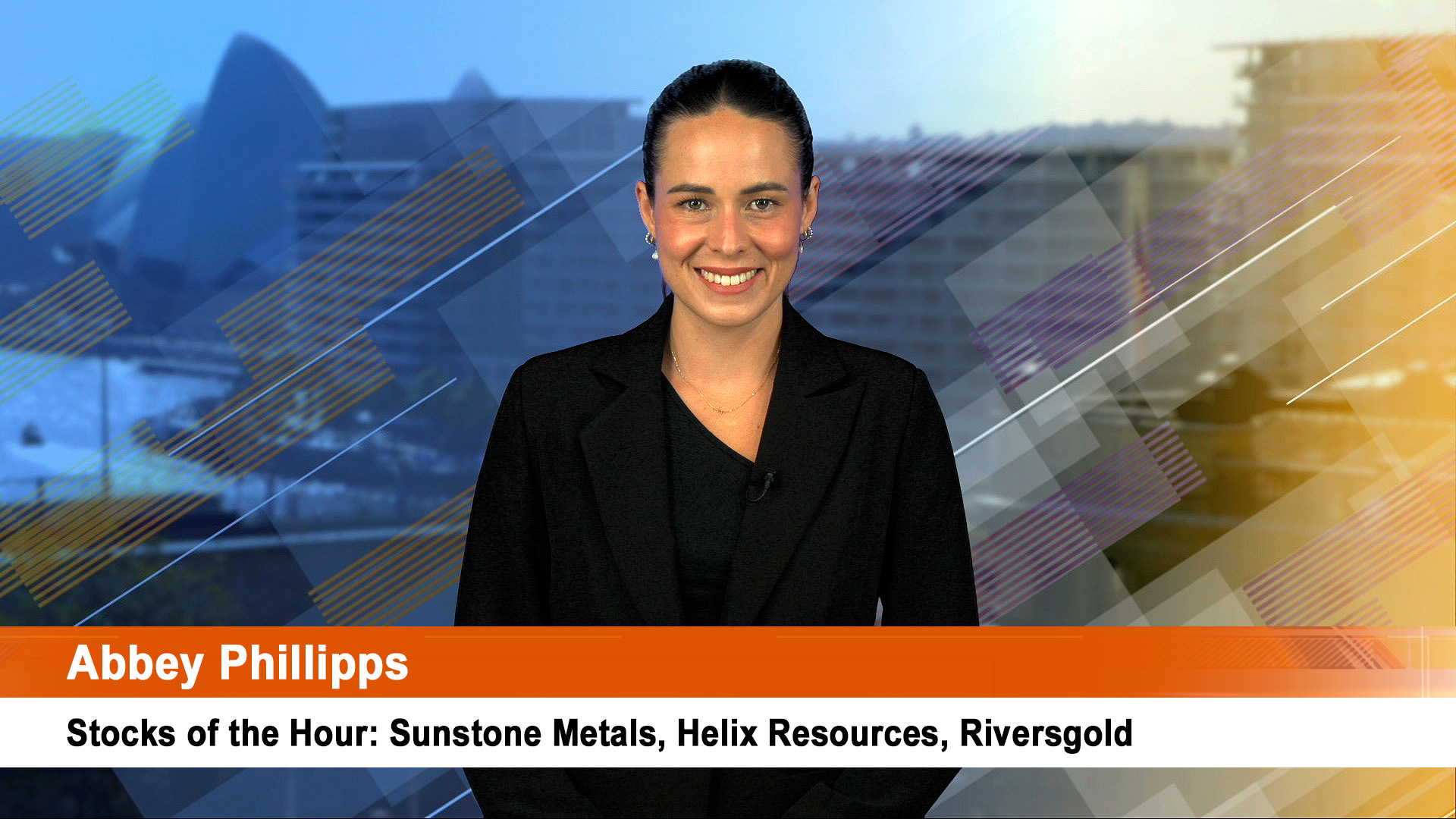Next Tuesday’s Tankan survey of Japanese business from the Bank of Japan is shaping up as an interest test of just how resilient the country’s corporate sector is, and if we can believe official data from the country’s various ministries and regulators.
Its important to us because despite the boom in China, Japan is still our major trading partner.
In the past few weeks we’ve had mixed news on growth, with 4th quarter growth in 2007 ending up stronger than thought at 3.5% (compared to the initial estimate of 3.7% and market forecasts for half that).
Wages remain slow with no growth at all, leading to continuing lacklustre consumption figures from consumers and retailers; housing starts are slowly recovering from the Government inspired delays to rebuild confidence in regulation last year, and earlier this week we heard that Japanese manufacturers seem gloomy and worried about inflation, the rising yen and business conditions.
This sounds familiar: it is a question we have posed recently, but we pose it again after hearing the news yesterday of a strong rise in Japanese exports at a time when gloom about the slowing US economy is supposed to be hurting the country and its vital export sector.
Official Government figures show that overall exports rose 8.7% in February compared to the same month of 2007, despite the US slowdown and the stronger yen. That was up from a 7.6% improvement in January, a good sign.
Imports rose 10.1%, and the trade surplus rose by just on 1% to 969.9 billion yen (or $US9.7 billion) in the month. The rise in imports reflected the higher cost of commodities, such as oil, and the impact of the higher yen making them cheaper.
It was the still booming economies of Asia, from China to India that drove the performance, along with solid growth in shipments to Europe.
And it was the usual suspects: cars, steel (really an upgraded version of steel, plastics etc), consumer entertainment products, construction machinery and associated products, which were the drivers of what was a solid performance.
Shipments to the US fell 6% in the month for the sixth straight monthly decline in a row: more than reinforcing those fears about the impact of the slowing economy.
Export growth to Asia jumped to 13.9% in February from 8.1% the month before. China, now Japan’s leading export destination, purchased almost 15% more goods in February, while exports to Europe rose 7.2%.
The US slowdown and credit crunch certainly isn’t impacting global demand, yet.
And that’s borne out by the still solid effort US exporters are making to boost overseas shipments. It remains the one thing keeping the US economy from sliding into deep recession.
Japanese Government figures this week showed Japanese companies have turned pessimistic about business conditions, as the rise in the cost of oil and many other raw material costs have squeezed profits and the stronger yen makes it tougher to sell overseas without cutting margins.
Economists now expect the Tankan survey due out on April 1 to reveal a broad slide in the business confidence, as well as lacklustre capital spending plans.
But against that expectation it must be pointed out that it was unexpectedly strong levels of investment that surprised everyone in boosting 4th quarter GDP. Companies revealed they had spent far more than they were indicating in surveys like the Tankan and in anecdotal comments.
It seems that many businesses and exporters say one thing and do another.
The Bank of Japan remains without a full-time governor for the first time in more than 80 years because of an impasse between the Government and Opposition.
There’s a policy review on April 8-9 and a minority of analysts say there could be a 0.25% rate cut (to 0.25%), but the majority say no way.
Acting governor Masaaki Shirakawa was reported to have said on Tuesday that downside risks for the economy were growing and the outlook was uncertain, but he also said interest rates need to be raised from the current low 0.5% if the economy looks like staying on track for sustained growth.
(He must be one of those on the one hand, and on the other economists and central bankers.)













